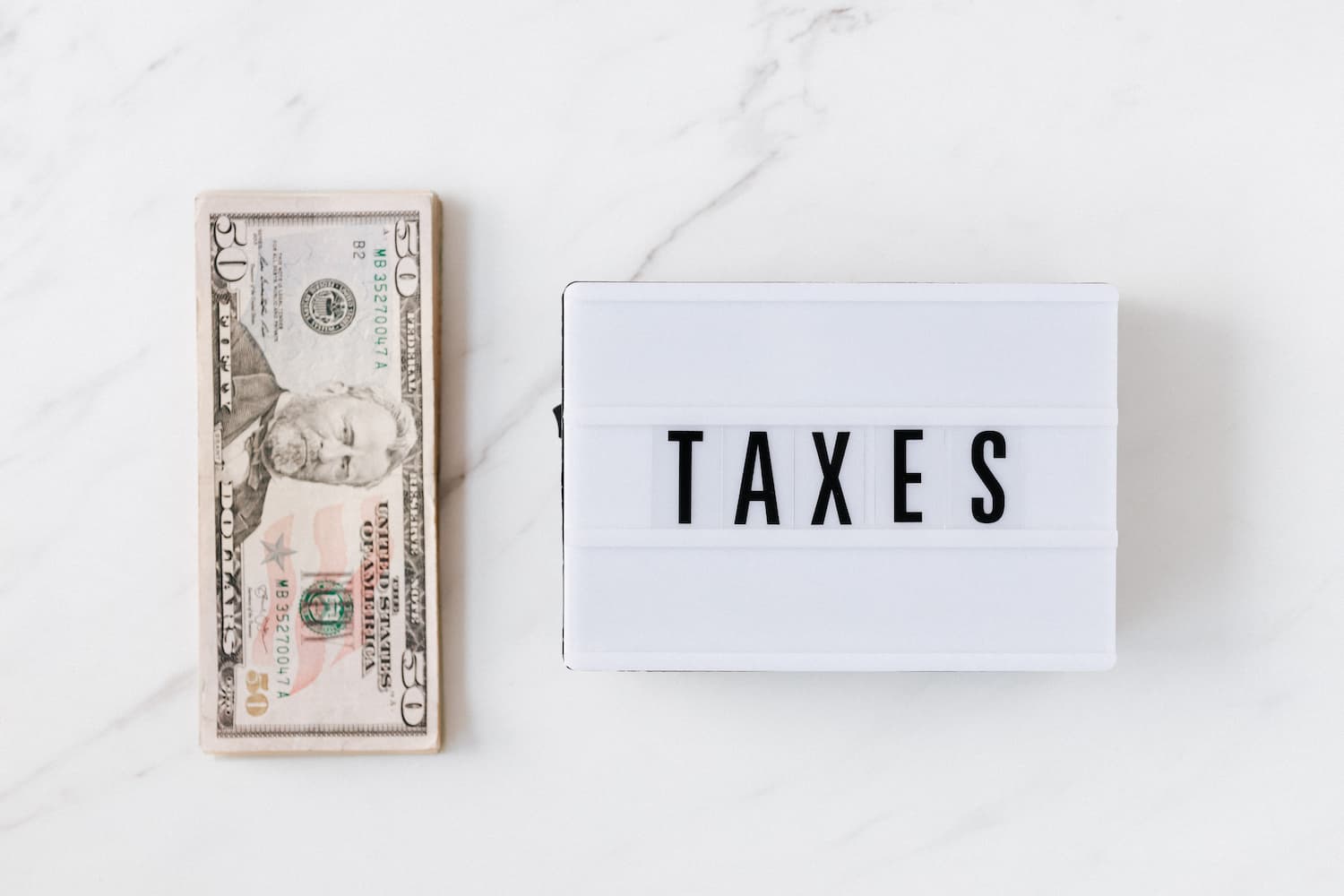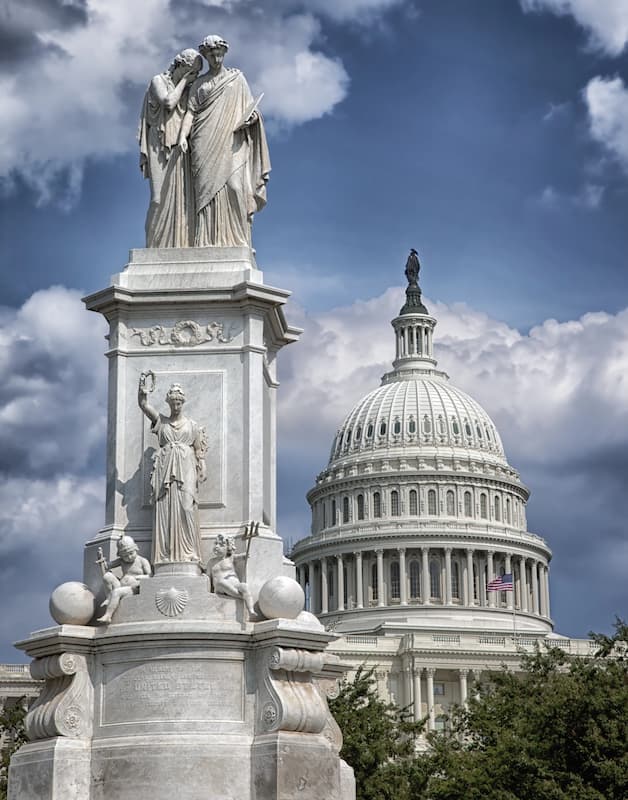Recently, we’ve received a lot of questions from clients about the Employee Retention Tax Credit – partly because they’re receiving external solicitations from companies that seek to make a quick buck by specializing in ‘tax credit recovery’ (even though they know nothing about their businesses!).
Like the PPP at the beginning, no one is an expert yet on ERTC. The IRS has been pretty vague, releasing only initial guidance on what qualifies you for the ERTC -- which we have shared previously. Still, BGW is here to help you through the ERTC process, and we’d like to share our thoughts on what we know and what makes the whole thing really confusing.
The basic qualifications for the ERTC are based on revenue reduction -- 50% in 2020 and 20% in 2021 – as well as government orders to shut down during any quarter of 2020 due to the pandemic. More deeply, if a government order required a nonessential business to suspend operations but allowed essential businesses to continue operating, the essential business is not considered to have a full or partial suspension of operations. However, if an employer operating an essential business has more than a nominal portion of its business suspended by a government order, then it may be considered to have a partial suspension and therefore qualify for the credit (this is where is gets tough).
Consider the following example:
Assume that a law firm, an essential business that operated in 2020, is down 15% in revenue in 2020 and 15% in 2021. At face value, the firm does not qualify for the ERTC. However, due to limited court hours and services, the firm’s litigation division was effectively shut down. Depending on how much revenue the litigation side of the firm brings in -- “more than nominal’ or not – the firm may have experienced enough of a loss in one area to qualify it for the ERTC.
What’s considered ‘more than nominal’ for non-essential businesses?
Again, the current guidance on ‘nominal’ isn’t very clear, but if we apply the guidance for essential businesses to non-essential businesses (and we are for now), it’s 10%.
Using the law firm as an example, if total revenues were $3M in 2019, and litigation revenues were $1M during the same time, the >10% threshold would be met. However, if litigation revenues in 2019 were only $100,000, even though the litigation business may have been impacted, we would suggestion caution in proactively applying for the credit until there’s more guidance.
How much does the business need to be down?
There is currently no guidance relative to the amount of economic disruption to a business segment. Using the broader revenue test though, we believe that if a business segment is down 50% for comparative 2020 quarters and 20% for 2019 quarters, it is reasonable to apply now before further guidance is out.
(Back to the law firm: If litigation revenues, comparatively, were $400,000 instead of $1,000,000 in 2019, pending further interpretation, we believe this business segment would qualify.)
If, overall, the business segment is down by greater than 50%, but the overall business is not disrupted at all (or is up in revenue) we would advise proceeding with caution, as it is difficult to demonstrate a need for the credit even though you may be complying with the existing limited guidance.
What can I take the credit for?
The amount of the credit is for payroll spent, subject to similar wage limitations as PPP funds and payroll spent in excess of PPP funds. This can be either during the PPP covered period (e.g. received $300,000 but spent $400,000, extra $100,000 is in scope) or outside of the covered period (e.g. $300,000 spent, $300,000 used) provided there was “disruption” to some aspect of the business.
The law firm in question could qualify if the “business side” of the firm was disrupted.
Should I change my covered period to maximize the credit value?
There is a scenario, whether you are applying under the ‘more than nominal’ criteria or the general criteria, where the business is down for a quarter, but in the next quarter, the business has fully resumed operations. In this case, the ERTC is supposed to suspend once the business is above 80% quarter on quarter comparison (2020 credits).
Using the following example:
- PPP Funds Received - $300,000.
- Funded Date – 5/1/2020.
- Q2 2020 v Q1 2019 > 50% reduction (for business or for unit)
- Had the ability to fully utilize the payroll in an eight-week period at $180,000.
Assuming the payroll is ratable each week, payroll is $22,500 / week. If, on the other hand, the business elected a 24-week period for forgiveness, it only ‘needs’ $7,500 in payroll each week.
Under an 8-week scenario, no payroll would qualify for the ERTC. Under the 24-week scenario, ($22,500 - $7,500) X 4 weeks would qualify, or $60,000.
While $60,000 is nothing to scoff at, pending further guidance, we are concerned that arbitrarily changing a covered period to fit a set of facts is a gray area at best because the extension of the covered period was to allow businesses more time to spend the funds on the assumption that they had let workers go. It was not intended as a mechanism to maximize tax credits if PPP funds were going to be spent anyway over a shorter period.
Again, this is our current thinking. In contrast to PPP literature, ERTC guidance has not been as business or user friendly, and we’re somewhat stuck ‘reading the tea leaves’ until additional guidance becomes available.
We hope this helps, and we’ll post again the moment we get more clarification.






